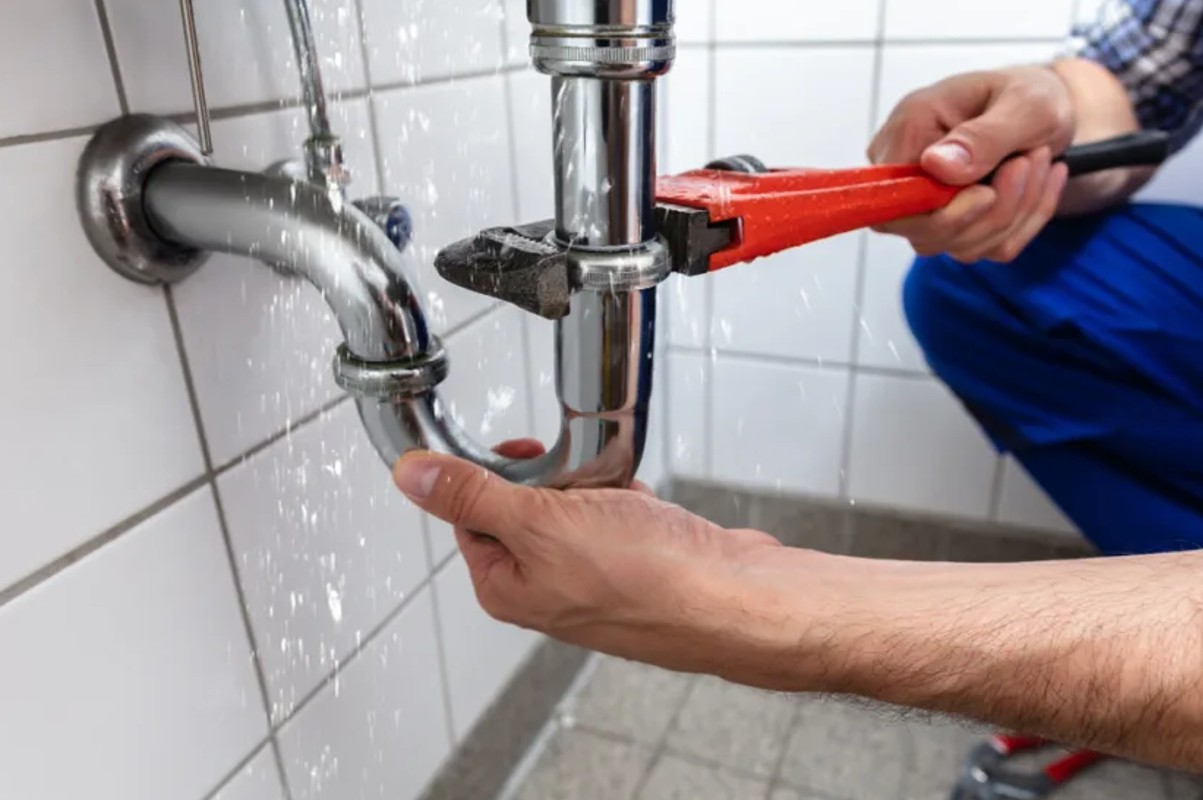Overview: The Overlap Between Two Essential Services
When water unexpectedly invades your home, chaos can unfold in mere moments. A burst pipe, overflowing appliance, or a sudden slab leak doesn’t just mean puddles, it can quickly become a catalyst for more serious problems like mold growth, structural damage, and even health issues. Homeowners often scramble to find solutions, unaware that true recovery requires more than just drying out a wet carpet or patching up a leak. It’s in this intersection of emergency plumbing and mold remediation that a coordinated response becomes not just helpful, but essential. According to san diego emergency plumbing & leak detection, a rapid, well-synchronized response is the cornerstone of successful water damage control.
The First Line of Defense: Emergency Plumbing
Every water damage incident begins with the source. Emergency plumbing services are the first responders in these situations, aiming to stop the immediate flow and assess the root cause of the issue. Whether it’s a burst pipe in the wall or a leaking water heater, these professionals arrive ready to shut off the supply, minimize spread, and prevent further saturation of surrounding materials.
But stopping the water isn’t the end of the story. Once the leak is controlled, the damage it leaves behind begins to make itself known, and that’s where things can get far more complicated. Drywall, insulation, subflooring, and even furniture can all become saturated. Within 24 to 48 hours, these damp areas can become breeding grounds for mold. This is why the collaboration between plumbers and mold specialists is crucial from the outset.
The Silent Aftershock: Mold Growth After a Leak
Many homeowners breathe a sigh of relief once the leak is fixed, assuming the worst is over. Unfortunately, if lingering moisture is ignored, mold will almost certainly follow. Mold doesn’t need a flood to flourish, just a consistent source of moisture and time. Even a minor leak that went unnoticed for a few days can produce significant microbial growth behind walls or under floorboards.
This is precisely why water damage cleanup shouldn’t stop with plumbing. To ensure the area is truly safe and dry, it’s important to bring in mold remediation experts. They use specialized equipment like moisture meters, infrared cameras, and air scrubbers to detect, eliminate, and prevent mold spread.
If you suspect water damage or mold in your home, contact risk free serv water damage repair san diego to get a comprehensive inspection and fast action. Their team knows how to evaluate both visible and hidden damage, ensuring your home doesn’t suffer long-term consequences from short-term leaks.
Two Teams, One Goal: Seamless Communication and Timing
Effective recovery after water damage requires not just fast work, but smart collaboration. Emergency plumbers and mold remediation teams must communicate clearly and work in tandem to provide the best outcome. The plumber isolates and repairs the water source, while the remediation crew focuses on removing compromised materials and restoring indoor air quality.
What’s often overlooked is the sequencing of services. If mold specialists arrive before the plumbing issue is truly resolved, mold may return. If plumbing repairs are made and the area is simply dried with fans, without proper containment or air purification, spores may linger and resurface. A collaborative, timely approach helps avoid these missteps and leads to a more complete restoration process.
This partnership often involves coordinating schedules, sharing diagnostic findings, and sometimes overlapping on-site work. Having professionals who understand and respect each other’s scope ensures there are no gaps in service, only a streamlined path to a safe, dry home.
Why DIY Isn’t Enough
It’s tempting to think that a shop vac and a few fans will solve a water problem, especially if the leak seems minor. But even small water intrusions can seep into areas where traditional drying tools can’t reach. Behind baseboards, under tile, and inside wall cavities, moisture can linger long after visible signs have dried up.
Additionally, many homeowners may not recognize the early signs of mold, or they might underestimate its spread. What starts as a small patch behind the sink could expand rapidly, especially in warm or humid conditions. Mold remediation involves not just removal, but also containment, air purification, and prevention, steps that require training, protective equipment, and specialized tools.
Leaving mold unchecked can cause respiratory symptoms, allergic reactions, and exacerbate asthma, particularly in children or immunocompromised individuals. That’s why it’s essential to treat the situation as more than just a plumbing issue, it’s a health and safety concern.
A Coordinated Future: Long-Term Prevention
After emergency plumbing repairs and mold remediation are complete, it’s worth thinking ahead. Prevention should always be the final step. This can include installing water sensors in key areas, scheduling annual plumbing inspections, and using dehumidifiers in damp-prone rooms. Ventilation improvements and waterproofing solutions can also go a long way toward reducing the risk of future mold growth.
Ongoing maintenance is key. Mold spores are everywhere in nature and can become problematic only when given the right environment. Keeping your home dry and your plumbing in good shape ensures that a minor issue doesn’t spiral into a major problem.
Don’t Wait for a Crisis to Take Action
Water damage is one of the most common and expensive issues homeowners face. But the real danger lies in what happens after the water stops flowing. Mold, mildew, and structural damage can all set in quickly if the problem isn’t fully addressed. That’s why the best approach isn’t just fast, it’s coordinated.
Emergency plumbing and mold remediation may seem like two different specialties, but when they work together, they create a powerful defense against long-term damage. By recognizing the overlap and value of both services, homeowners can act swiftly and decisively, safeguarding not just their property but their health as well.
